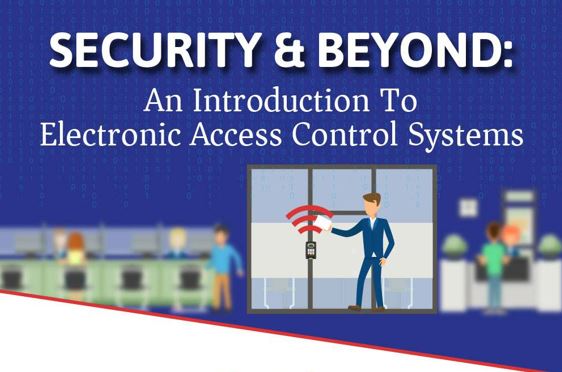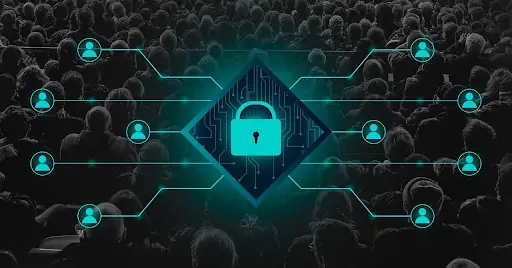Artificial lighting is constantly changing in many respects. From the shape and type of light bulbs we use in enclosed and open spaces, to the technologies that drive the change in the industry and the need for greater energy efficiency, there is no denying that architectural lighting is always evolving in the residential and commercial realms. Of the biggest trendsetters out there, technology is definitely leading the pack and keeping the innovation process alive, aiming to make lighting more effective, scalable, efficient, and sustainable for the long term.


In architectural lighting and design, the technology aims to create lighting schemes and systems that emphasize the unique ambiance and purpose of every space, in order to enhance the overall experience whether you’re at an art gallery, your office, or a café – technology makes the lighting bring the space to life. Let’s take a closer look at the key ways technological advancement is making impactful changes to architectural lighting.
The dawn of wireless lighting
Wireless technology is currently dominating the commercial and residential spheres, and now that every piece of technology is becoming wireless for enhanced efficiency and functionality, it should come as no surprise that wireless lighting has finally hit the scene. Instead of interrupting the power line going into the light fixture, a wireless light switch uses wireless technology such as Bluetooth or other systems to control the light bulb or a system of connected lights.
There are many uses and benefits that wireless lighting brings to the table, most notably in the areas of cost savings when retrofitting old lighting schemes. Instead of rewiring old lights and running wires through walls and fixtures, technology allows us to easily install wireless lighting and thus avoid any extraneous expenditure and handiwork.
You may also like Understand the Bitter Truth About Mobile App Data Tracking Policy
Retaining lighting control with IoT
The internet of things has been around for quite some time, yet only now is the technology maturing and advancing enough that we are seeing it being implemented and adopted on a grand global scale. Nowadays, IoT technology is used in every industry in the world, and it’s quickly making its way into lighting technology for commercial and residential use. The most obvious use of IoT is that it creates a system of connected devices so that you can communicate with technology more easily and retain full control remotely.
Now you’re able to control your light bulbs and light schemes with a dedicated smartphone app, scaling the intensity of the lights as you please and using integrated analytics to track the overall power consumption of your lighting system. In turn, this improves energy efficiency and allows you to make better long-term decisions when designing a space or trying to optimize your energy consumption.
Technology is making lighting energy efficient
Of course, it’s not just how you use the lighting scheme that will determine its level of energy efficiency, as it’s also about choosing the right manufacturers that are focusing on innovation and are using tech-driven production methods to create more efficient lighting products. The manufacturing industry is constantly finding ways to improve lighting systems with technology, and you can find some amazing examples at https://buck.lighting/ where the focus of technology is on higher energy efficiency and specificity. Brands like these are great examples of manufacturers that use technology to make specialized lighting applications for a variety of indoor and outdoor scenarios in order to perfect the lighting scheme of every architectural project.
The introduction of Li-Fi
Unlike Wi-Fi, which uses radio signals to transmit data, Li-Fi is a nifty piece of tech that uses light waves to achieve the same thing, only faster. This is a wireless technology that is mostly used in the business and government sectors that require enhanced security and high-speed internet connections. There are many uses for Li-Fi in public transportation, for example, as it allows the exchange of data in public places without compromising security or interfering with other devices and electronics.
You may also like How to Use Thunder VPN App for Android
Promoting wellbeing and productivity in the workplace
Last but not least, technology is quickly transforming the modern workplace and is making smart office design a reality for businesses of all sizes around the world. Not only is lighting now a part of business information modeling (BIM), but it’s is also becoming a part of IoT applications in office spaces and is using wireless and sensor technologies to conserve energy and create a more productive work environment for all.
Wrapping up
Lighting is always evolving and changing with the newest trends, and there is no denying that technology is leading the way forward for the industry. We can expect technology to become an even bigger part of the lighting industry in the years to come, which will further drive innovation and enhance its applications in the modern world.
Would you like to read more about Architectural Lighting-related articles? If so, we invite you to take a look at our other tech topics before you leave!










